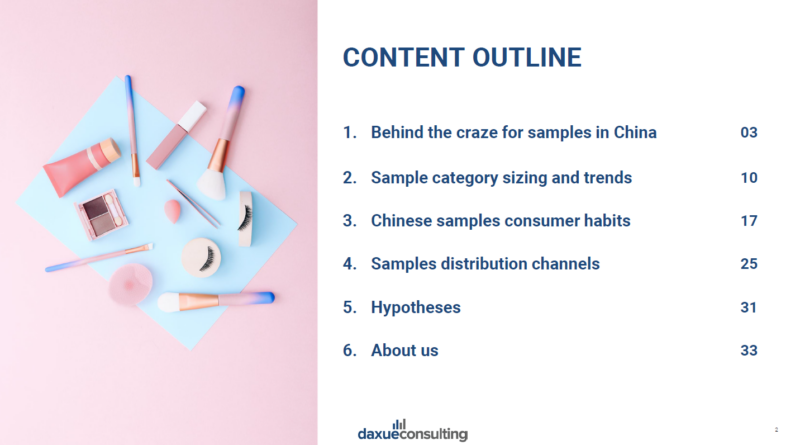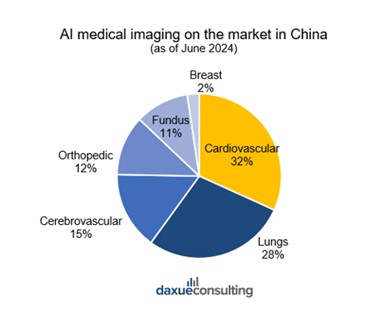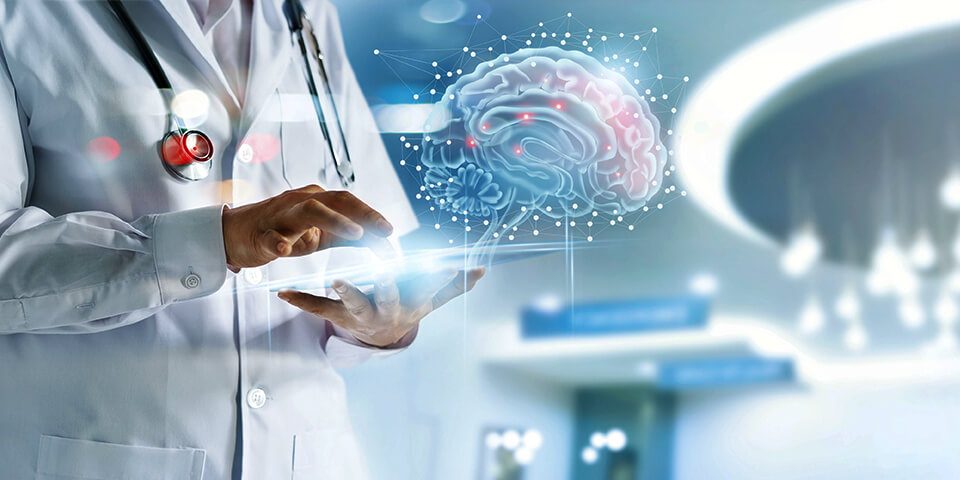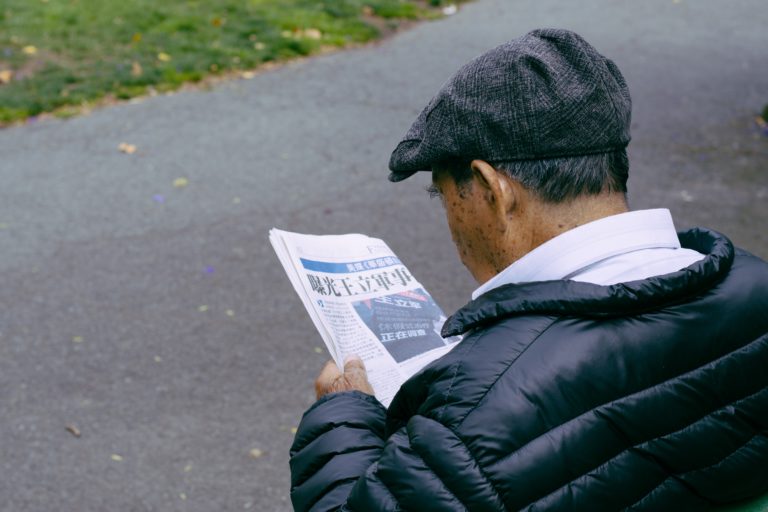Artificial Intelligence (AI) in Chinese healthcare has seen remarkable growth since implementing the Healthy China 2030 Initiative in 2016. With strong government backing, AI plays a pivotal role in cancer treatment, diagnostic imaging, and telemedicine. The country’s regulatory framework such as Personal Information Protection Law (PIPL), ensures that while healthcare data is protected, it also fuels the development of AI-powered solutions.
Download our China’s samples economy report

From policy to practice: China’s vision for AI in healthcare
AI in Chinese healthcare sector was promoted in 2016 through the Healthy China 2030 Initiative. This overarching healthcare reform plan aimed to modernize healthcare infrastructure, reduce the burden of chronic diseases, and bridge access to healthcare services in rural areas through digital technologies such as AI. The National Strategy for AI Development was also launched in 2017 to promote China as a global leader in AI by 2030. This further pushed developments in AI applications for medical imaging, diagnostics, and treatment planning.
In response to the increasing use of AI in healthcare, China has introduced regulations to govern data security and privacy. The Personal Information Protection Law (PIPL), effective in 2021, has set stringent guidelines on how personal health data can be used, ensuring both patient privacy and enabling data-driven AI advancements. China’s strict regulations on the collection of biodata, prohibit its domestic datasets from being used abroad. At the same time, China has access to publicly available biodata from around the world. As a result, Chinese AI healthcare initiatives are in a stronger position to develop proprietary medical applications and devices based on the biodata they collect.
AI’s growing footprint in China’s healthcare industry
AI in Chinese healthcare has surged in categories such as cancer treatment, preoperative planning, lesion detection, and target area mapping. Current AI developments have allowed imaging devices to automatically detect rib fractures from X-rays or CT scans, providing detailed animations for further analysis. This helps reduce workloads, improve diagnostic accuracy, and standardize healthcare processes.
“On the NMPA databases, 162 medical devices (41 Class III, 121 Class II), incorporating artificial intelligence to some extent, have already been registered, whether for disease detection/prediction, health management, or hospital/data management.” – Irénée Robin, Managing Partner at VVR Medical
Current trends of AI in Chinese healthcare
Market demand is driving the integration of AI and healthcare, with cancer and lung nodule detection leading the way. The AI healthcare market in cancer is currently valued at RMB 300 million, while lung nodule detection is at RMB 250 million. AI applications in cancer detection span radiology, endoscopy, pathology, and skin imaging. According to Frost & Sullivan and Lead Leo Research Institute, healthcare categories such as cancer, pneumonia diagnosis, coronary heart disease diagnosis, and fracture detection are estimated to achieve an annual growth rate of over 60% in 2025.
Medical imaging

Medical imaging is considered the most prominent area within healthcare in China where AI is being integrated and utilized. It was driven by its high compatibility with AI technologies and the strong demand for efficiency and accuracy in diagnosis. AI is widely used for image recognition and analysis, particularly in cardiac, cancer, stroke, and fracture detection. Local leaders include DeepWise and Shukun Technology. As of June 2024, China’s NMPA has approved 92 AI tools under Class III to accelerate healthcare decision-making and improve diagnostic accuracy.

Recent breakthrough: AI in neurological disorders detection and therapy
Neuro-Weave (织生科技) is a Chinese technology company founded in 2020. It provides AI-powered diagnostic and therapeutic solutions for brain and neurological health in the digital healthcare field. Its “eye movement” technology model helps to diagnose early symptoms of Alzheimer’s disease (AD), including Subjective Cognitive Decline (SCD) and Mild Cognitive Impairment (MCI). The “brain-eye” neurofeedback mechanism integrates clinical data. It is a new digital solution combining hardware and software, developed through deep learning. The model is expected to enter the preclinical validation phase no later than the second quarter of 2025. Currently, this invention is undergoing registration with NMPA after a large-scale clinical program in Shanghai involving more than 10,000 patients.
Moreover, AI-based eye tracking technology is also trained to detect ADHD symptoms using just a tablet. The Chinese-developed AI mode is able to accurately track eye movements and gaze direction during fixation, prosaccade, and antisaccade tasks. It successfully diagnoses ADHD versus typically developing (TD) children by detecting differences such as shorter fixation durations, more intrusive saccades, and slower correction latencies in ADHD participants. The AI model’s robustness made it effective for ADHD screening, offering a portable, cost-effective tool for early detection, particularly in areas with limited access to professional services.
Hospital management and telemedicine
There is a focus on addressing the country’s growing elderly population and doctor shortage by utilizing AI-powered diagnostics. Healthcare companies and research institutes have developed “AI hospitals” where intelligent agents assist with patient consultations and treatment plans. This makes China one of the leading nations in AI medical applications globally.

Ping An Smart Healthcare has implemented AI-driven solutions in several hospitals in China. AI has proved to transform hospital operations through optimizing patient triage, scheduling, and medicine dispensing. The system also streamlined administrative processes like billing and insurance claims. However, regulatory challenges and data privacy concerns remain significant issues.
Moreover, platforms like Ali Health, JD Health, and Ping An Good Doctor leverage AI technologies such as Natural Language Processing (NLP) and machine learning (ML) for telemedicine. The AI chatbots helped with patients’ self-diagnosis and follow-ups to reduce the reliance on the public healthcare system. The virtual health assistants provided by the platforms also help answer medical inquiries for older generations who find it challenging to travel to seek healthcare or people living in rural areas.
AI in Chinese healthcare: Funding and research at the core
In 2023, Beijing led China’s AI sector with a market share of 19.3%, followed by Shanghai at 14.6%. These cities are central to AI development which includes AI healthcare applications. The Chinese government has implemented policies to support medical AI commercialization, facilitating regulatory approval and accelerating medical device development. The Chinese government’s Five Year Plan (2021-2025) prioritizes R&D, aiming for growth in areas like medical imaging AI and personalized medicine. Hence, capital for AI R&D flows from both government support and private institutions.
For example, in 2023, Hong Kong Baptist University (HKBU) and China Resources Research Institute launched the CR-BU Joint Innovation Centre to advance smart Chinese medicine. This R&D collaboration focuses on developing a chronic disease management system. It tracks patient journeys, supports follow-up care, and aids scientific research by analyzing treatment effectiveness. The center also explores AI and big data applications in Chinese medicine. This initiative aligns with China’s broader healthcare strategy, which includes significant investments in smart medicine, AI in clinical decision-making, and the integration of digital tools in traditional practices.
What to know about AI in Chinese healthcare
- The Healthy China 2030 Initiative and National AI Strategy drive AI adoption in healthcare.
- AI is rapidly expanding in cancer treatment, diagnostic imaging, and telemedicine. Key areas like cancer detection are expected to grow over 60% annually by 2025.
- AI-powered diagnostic and therapeutic solutions were developed for brain and neurological health detection in China. It was to provide portable, cost-effective tools for early detection, especially in areas with limited access to professional services.
- The Personal Information Protection Law (PIPL) ensures patient privacy while strengthening China’s position in developing AI-driven healthcare technologies.






